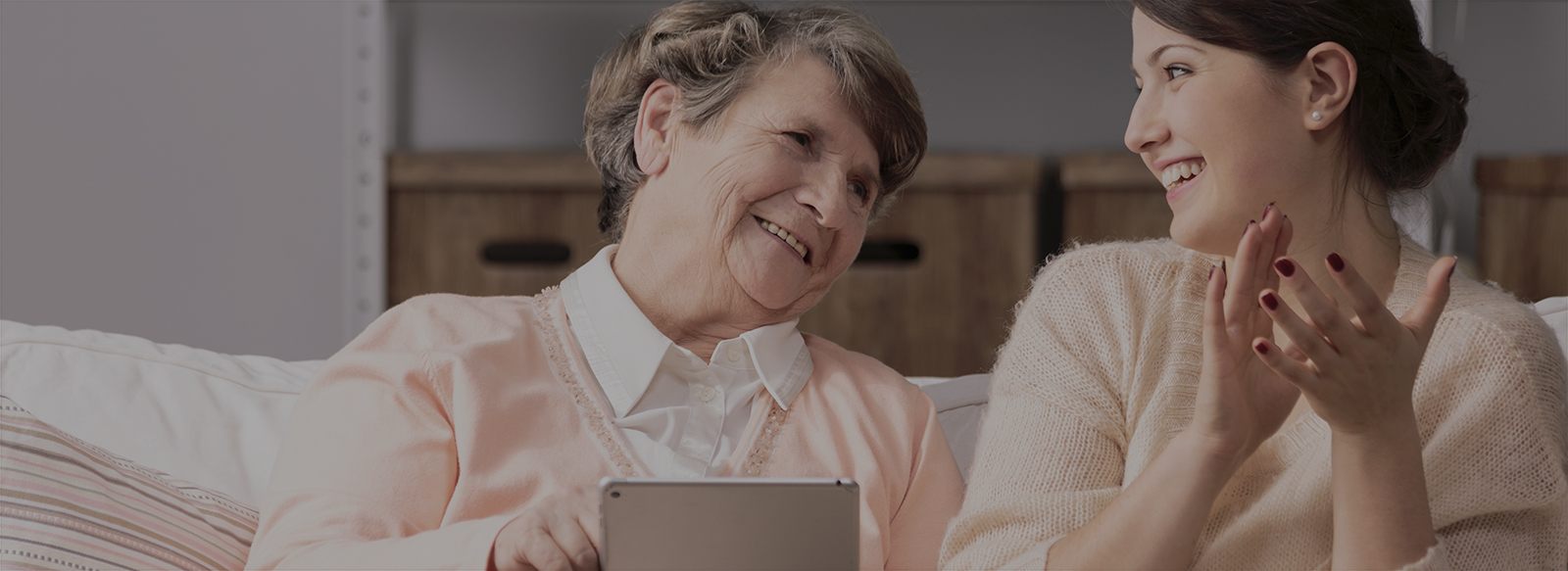
40% of U.S. adults today are responsible for taking care of an elderly or sick relative, according to a 2014 study by the Pew Research Center and the California HealthCare Foundation. Despite this growing number, most caregivers do not want their aging relatives living with them. Instead, family members are seeking affordable caregivers to provide in-home care for seniors.
Two of the most common struggles for the elderly are loneliness and the danger that comes from living alone. It is often one or both of these that triggers the need to move the person into an assisted living facility, or into the home of a relative. These changes are often unwelcome, because they are a tangible representation of how the senior’s life will never be the same again. Frequently the change is due to the death of a longtime spouse, which is an incredible emotional blow on its own.
So it stands to reason that anything we can do to head off these problems can be very well worth it. And there are a lot of ways today that families and even the elderly themselves can get in front of these problems, avoiding the unpleasant spiral of depression and bad health.
Increasing Independence
Many seniors still live in the homes where they raised their children. As such, the house isn’t necessarily designed for folks with limited mobility. Doorways may be too narrow for wheelchairs. Steps may be too small or slippery, or the senior simply may not be able to use them.
There are some fairly easy modifications that can be made to compensate for these issues. Experienced contractors can make fairly minor renovations to accommodate wheelchairs, and as far as regaining access to the upstairs, residential elevators like Stiltz Home Elevators are more affordable than ever.
Once the home is more accessible, the feeling of isolation will be reduced and the senior will feel a little more like life is the same as it used to be.
Creating Companionship
A simple strategy for getting seniors engaged with others is to help them find social opportunities. Many communities have senior centers, and there are similar groups in churches and synagogues.
But for the senior who prefers not to drive, there are still other options. Unique technology that provides the companionship of a pet without the vet bills, messes, and allergens has proven to give seniors a much-needed mental boost. The key to the success of the GeriJoy CORE Program is the GeriJoy Companion, which takes the form of a lovable dog or cat in a specially configured tablet device, available to an elderly person 24/7. Through the support of GeriJoy’s remote care staff, the pet talks with older adults intelligently and compassionately about topics including family photos, news, and daily routines to provide companionship, stimulation, and family connection with zero technical abilities required.
Under the CORE Program, the GeriJoy Companion asks the client questions each day, throughout the day, customized to the client’s clinical risk factors. Clients do not notice any intrusiveness because only a couple of questions are asked at a time, in the comfort of the client’s own home. Moreover, the questions are asked by an unintimidating, adorable virtual companion, blended with regular conversation.
There are other options as well. Sometimes it is ironic how many lonely seniors can live near each other, all with the opportunity to help and be helped by each other. Get to know the people who live close by and see who might be looking for companionship.
Assisting With Key Needs
Sometimes it’s the simple things that create safety hazards for seniors. If eyesight has begun to decline, it can be very easy for a senior to make a mistake with medication. One missed dose or one incorrect pill can have serious repercussions with some conditions.
That’s where family and friends need to step in. Many seniors use pill organizers to make sure they get things right, but they may feel like you’re intruding if you set them up. Build a compromise. Offer to help them re-label the bottles by using a permanent marker to write the product’s name in large, clear letters so that the chance of mistakes is lower.
The same idea can apply to the more dangerous things a senior must do. See if you can put the clothes dryer up on a pedestal to make it easier to retrieve clean garments. Review the home’s lighting and flooring for fall prevention, and discuss the possibility of a security system.
Sometimes it’s the smallest things that are the difference between safe, independent living at home and a downhill path toward failing health in a skilled-care facility. While certain things can’t be prevented, we can do a lot to help seniors avoid the dangers of time spent alone, and to help reduce the loneliness that can undermine their mental and physical health.
